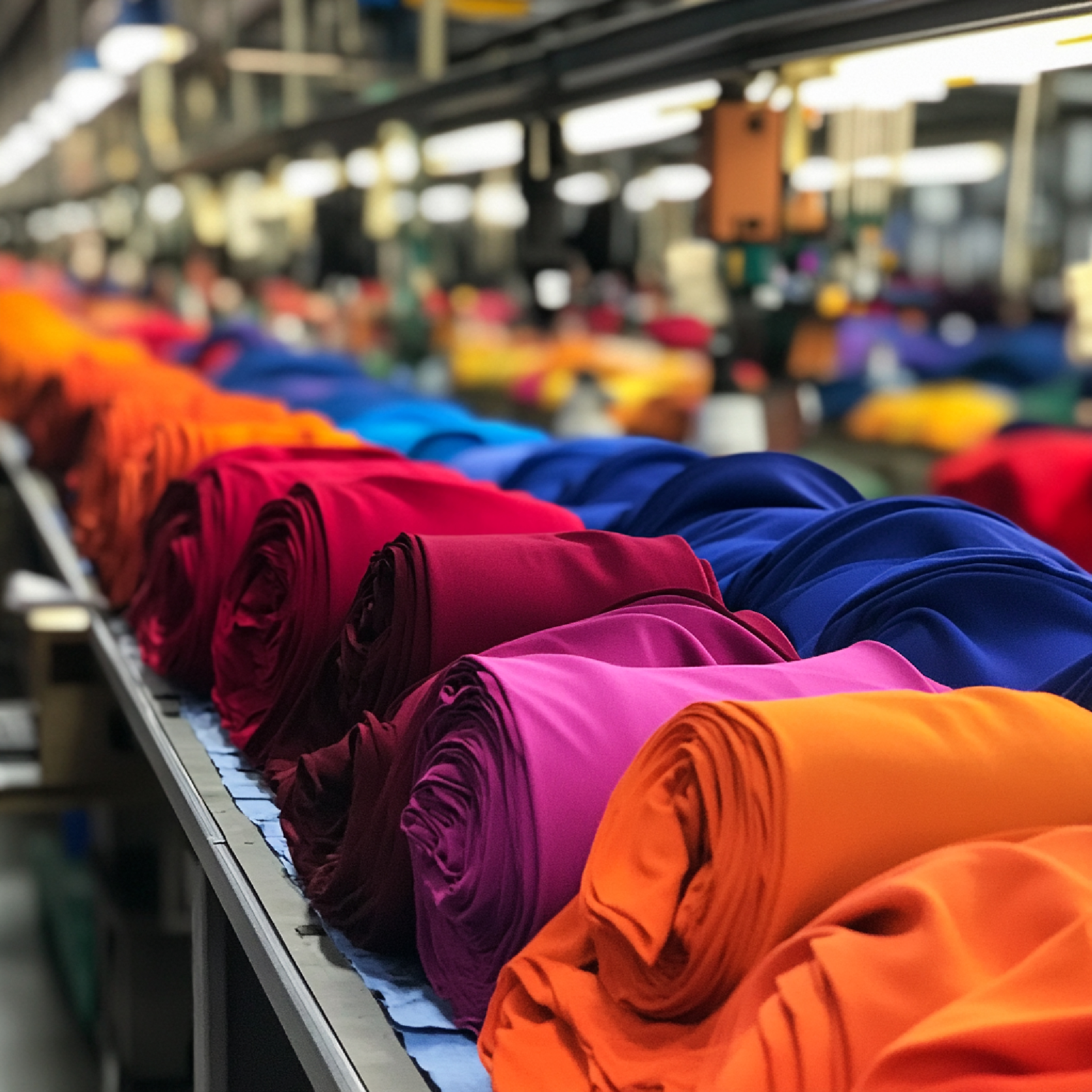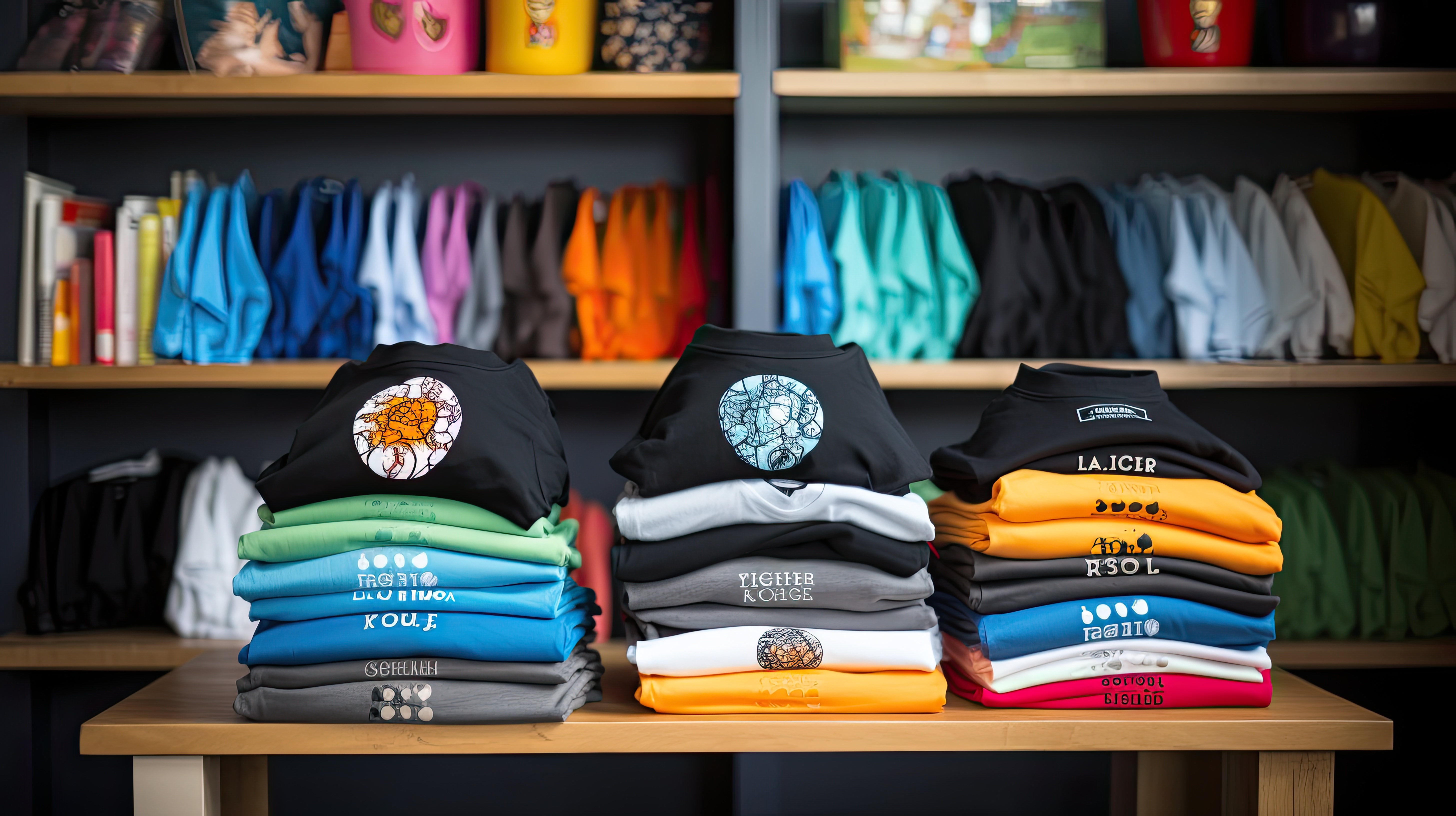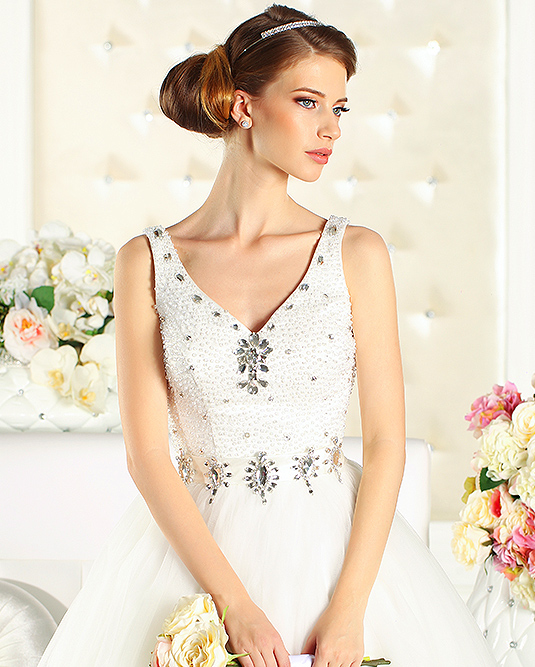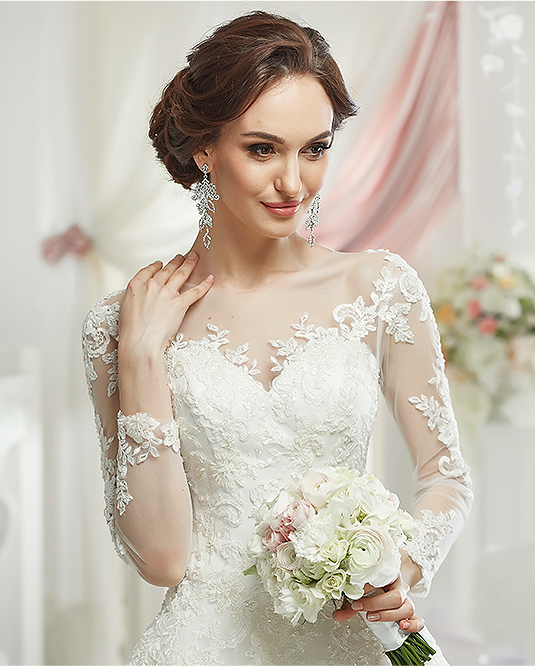ABOUT US
Welcome to M-TEX, your trusted destination for timeless fashion. We believe style should be both classic and versatile, which is why our collection features high-quality pieces designed to suit every occasion and last for years to come. At M-TEX, our focus is on combining elegance, comfort, and durability—helping you build a wardrobe that reflects confidence and sophistication. At M-TEX, our mission is to make timeless fashion accessible to everyone. We are dedicated to creating clothing that blends quality, comfort, and style, ensuring every piece adds help the environment.We believe that fashion should be stylish, shopping experience built on trust, elegance, and affordability.



OUR PROCESS
Spinning is the essential first step in textile production, where raw fibers are transformed into yarn. The process begins with cleaning and preparing natural or synthetic fibers for uniform quality. Fibers are then carded or combed to remove impurities and ensure proper alignment. This alignment forms slivers, which are loose strands of fibers ready for spinning. Through specialized spinning machines, the slivers are stretched and twisted for strength. Techniques such as ring spinning and open-end spinning are applied depending on fabric needs. The twisting process adds durability, smoothness, and consistency to the yarn. Finally, the yarn is wound onto bobbins or cones for easy handling.
Fabrication is the process of converting spun yarn into fabric through weaving or knitting. In weaving, yarns are interlaced on looms to create structured and durable fabrics. Knitting, on the other hand, uses interlooping techniques to produce softer and stretchable fabrics. The choice of method depends on the desired texture, strength, and application of the fabric. Advanced machinery ensures precision, uniformity, and efficiency in production. During fabrication, different patterns and constructions are created for versatility. This stage lays the foundation for fabric quality, comfort, and long-lasting performance. The finished fabric is then prepared for subsequent processes like dyeing and printing.
Dyeing is the process of coloring fabrics or yarns to achieve vibrant, lasting shades and enhanced visual appeal. It begins with preparing the material to ensure even absorption of dyes. Natural, synthetic, or reactive dyes are selected based on the fabric type. The fabric is then immersed or treated using methods like piece dyeing or yarn dyeing. Advanced dyeing techniques guarantee uniform shades and vibrant color outcomes. This process also enhances the fabric’s appearance, style, and visual appeal. Strict quality checks ensure colorfastness and resistance to fading or washing. Once dyed, the fabric is ready for finishing or further decorative processes like printing.
Printing is the process of applying designs, patterns, and colors onto fabrics to enhance their style and appeal. It begins with preparing the fabric surface for accurate color absorption. Techniques such as screen printing, digital printing, or block printing are used based on design needs. Advanced methods ensure sharp details, vibrant colors, and long-lasting prints. Printing allows customization and adds uniqueness to each fabric. Quality checks are carried out to maintain consistency and prevent color bleeding. This stage transforms plain fabrics into visually appealing and market-ready textiles. Printed fabrics then move forward for finishing and garmenting.
Garmenting is the process of transforming fabrics into finished apparel ready for the market. It begins with cutting fabric pieces according to patterns and sizes. The pieces are then stitched together using advanced sewing techniques and machinery. Processes like hemming, finishing, and adding accessories ensure quality and durability. Garmenting includes quality checks for fit, stitching, and overall appearance. This stage brings design, comfort, and functionality together in each garment. Finished garments are pressed, packed, and prepared for distribution. Garmenting completes the textile production cycle, delivering ready-to-wear clothing to consumers.
OUR STORES








